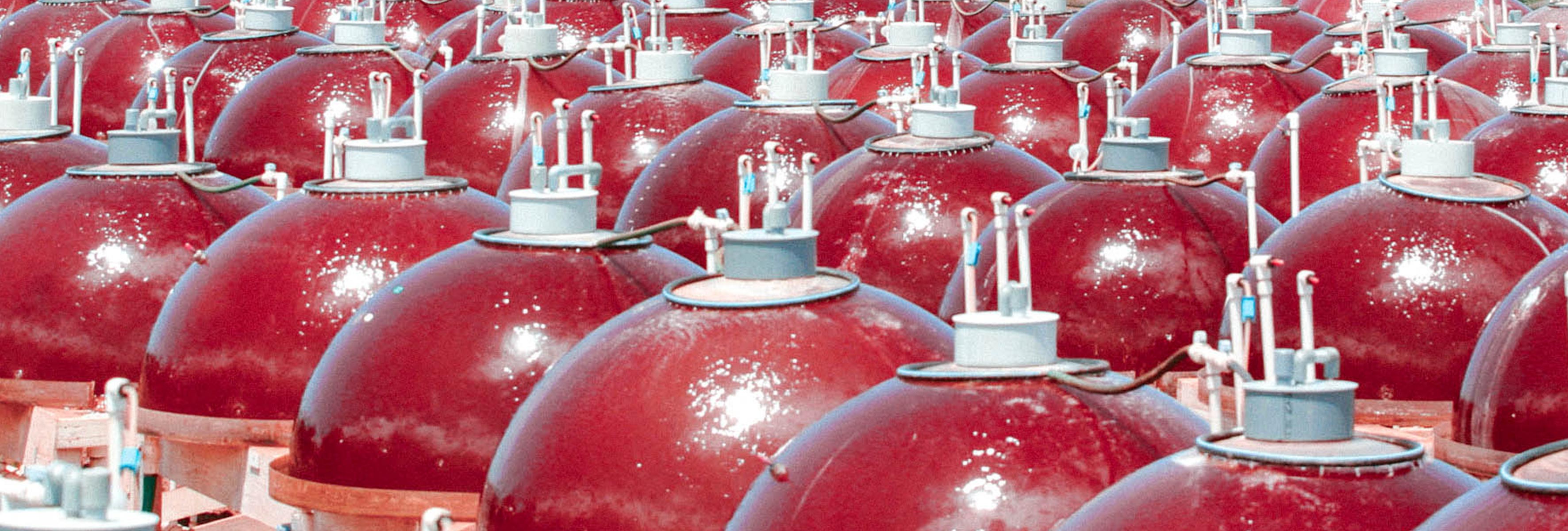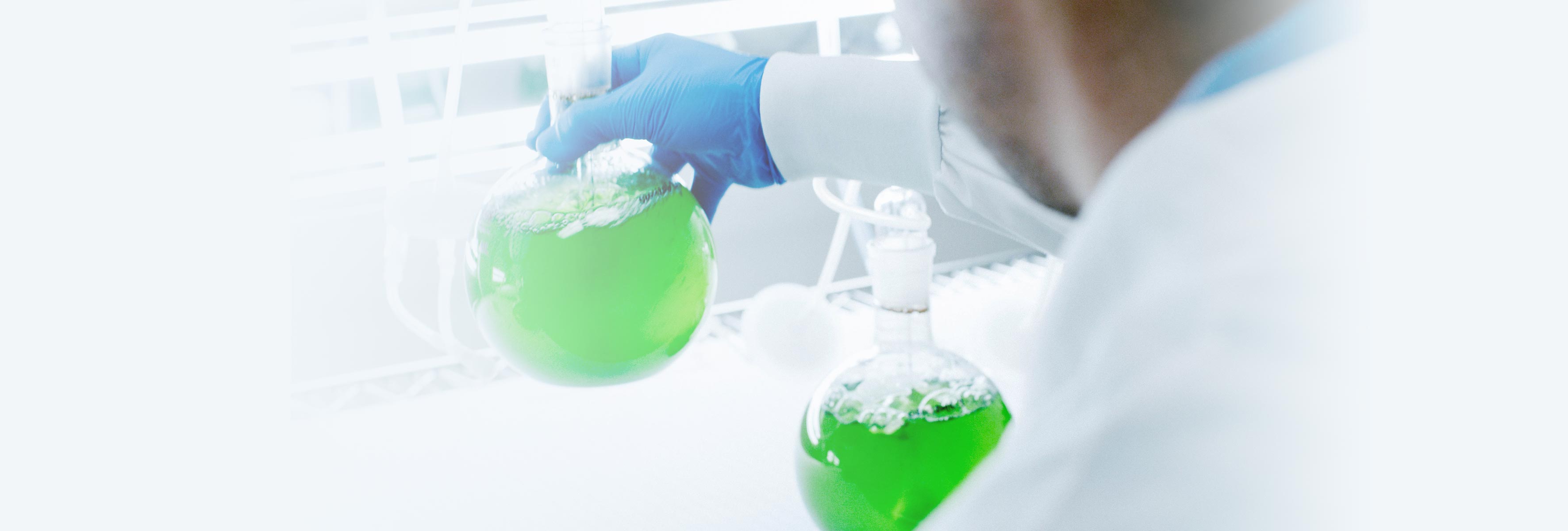STORY.3
STORY.3 AstaRealOUR STORIES
Trial and error in pursuit of the perfect production technology

Long journey to optimize the cultivation method
Haematococcus pluvialis which is a source of astaxanthin is a type of fresh water single-cell algae, ubiquitous throughout the natural world. In favorable environments, the astaxanthin algae will develop as motile cells. However in unfavorable environments, such as lacking in nutrients or over-exposed to UV rays, the cells will lose their motility, and instead develop thicker cell walls before entering a dormant state. When this happens, they produce astaxanthin and turn red. Astaxanthin acts as a nutrient that allows astaxanthin algae to survive long-term in hostile environments. So, to properly cultivate this simple looking algae, we need perfect breeding and selection, we need to select the perfect instruments and use them at the right time, while satisfying light and nutrient conditions, all over a markedly lengthy cultivation period. For these reasons, compared to other microalgae, large-scale cultivation of astaxanthin algae is extraordinarily difficult.
In the 1990s a reliable method of cultivating astaxanthin algae had yet to be found, still locked in a repetitive loop of trial and error. In the midst of all this searching, the bio-venture Micro Gaia, then located in Mishima City in Shizuoka, Japan, were the first to hit on a method. They were using the tremendous cultivation potential of a biodome to cultivate algae, and thought it might be reproducible with algae that is a source of natural astaxanthin. From 1998 through 1999, we attempted a pilot production of natural astaxanthin. However we discovered that the region was not sufficiently suited to cultivating astaxanthin algae, and we decided to search for a new location to try again.

Safe and high-quality brought by the unique cultivation system
From our experience with the pilot production run, we learned that for a successful outdoor cultivation, we would need adequate sunlight over the course of a year, air temperature within a suitable range, and adequate water supplies. Seeking such an environment, we expanded our search outside of Japan and next settled on Maui, Hawaii. Then in 2001 we set up 1,000 biodomes on a 20 acre plot, and began another cultivation. This success in the mass production of natural astaxanthin had a great impact on the industry, causing numerous other companies to branch out into the production and sale of astaxanthin produced from algae. But when you consider how few companies are left that continue to produce astaxanthin, it is easy to see how difficult it is to survive in this industry from both a business and technological standpoint.
Even as cultivation was continuing smoothly in Maui, we continued to deepen our relationship with researchers and other industry members, and continued our research into the ideal environment for algae cultivation. This led us to the bioreactor cultivation method. Aside from the dome method deployed in Maui, there are several methods for causing Haematococcus pluvialis algae to accumulate astaxanthin within its cells. There is the open pond method (outdoors in a large scale pond), and the tubular method (cultivating in 5-10cm diameter glass tubes), to name a few. Each has their own particular characteristics, but has problems as well. There will always be some variation between the potency of astaxanthin within cells, and it costs a lot for cleaning and upkeep for the facilities. In particular, outdoor cultivation means the algae are subject to variance in sunlight exposure time and temperature due to weather, so it is not easy to keep production stable. On the other hand, there is a bioreactor method where cultivation is done indoors with artificial light. It boasts a high level of stability in production, is extremely sanitary, and produces high quality astaxanthin. After becoming the first company in the world to succeed in commercial production of astaxanthin using this method in 1994, we have continued to employ it in our factories in the U.S. and Sweden, safely and consistently delivering high quality products.
with our know-how and science.
